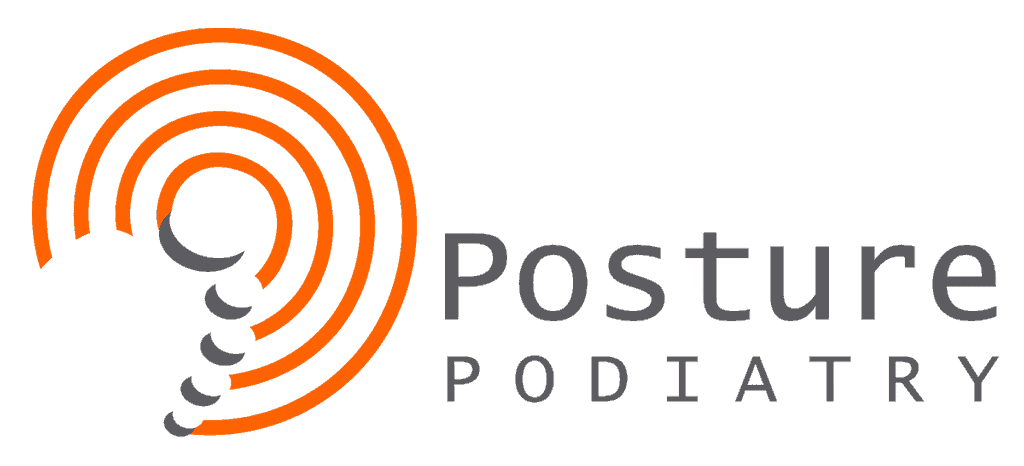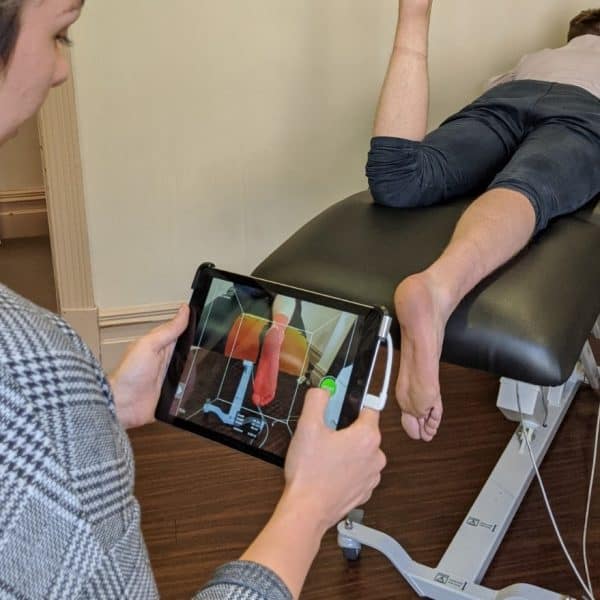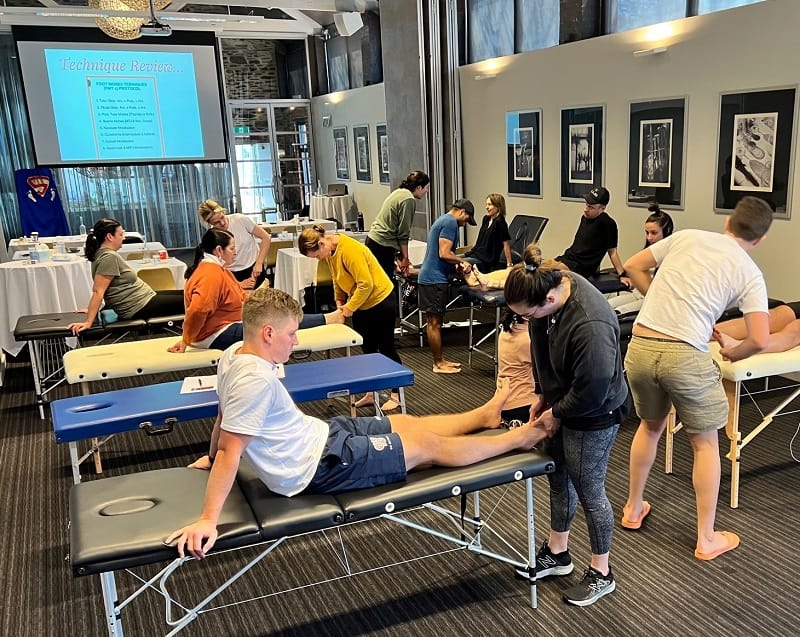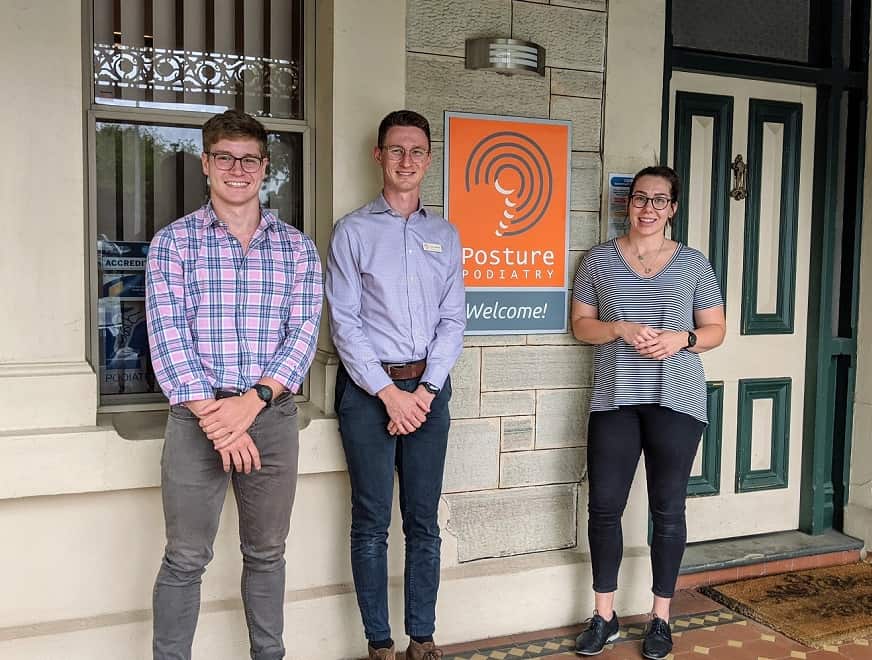In this article, our Adelaide Podiatrists discuss some of the most common causes of pain in the ball of the foot (or metatarsalgia as it’s commonly called by health professionals).
What is Metatarsalgia?
Metatarsalgia is an overuse condition in which the ball of the foot becomes painful and inflamed. It is a broad term used to describe pain or discomfort in the forefoot.
One of the most common causes of this pain in the ball of the foot is uneven pressure loading secondary to foot alignment issues. The metatarsal bones in the forefoot and their surrounding structures can be overloaded with hypermobile, flat feet or excessively high arched feet. Other factors such as ill-fitting footwear, arthritis, bursitis, fractures, nerve problems, and high impact activities (running and jumping) can also alter the forces exerted on the foot causing metatarsalgia pain in the forefoot.
What are the Symptoms of Metatarsalgia?
The primary symptom of metatarsalgia is pain at the distal end of metatarsal bone/s (the ball of the foot). The term Metatarsalgia is often used as a broad term with forefoot pain as other forefoot conditions can also present with similar symptoms.
Symptoms can include:
- Aching and burning in the forefoot or at the ball of the foot. This can increase during exercise and remain after activity.
- Pain that increases with exercise or flexion of the toes and is particularly worse with flexible shoes or barefoot.
- Sharp or shooting pain through the forefoot and into the toes
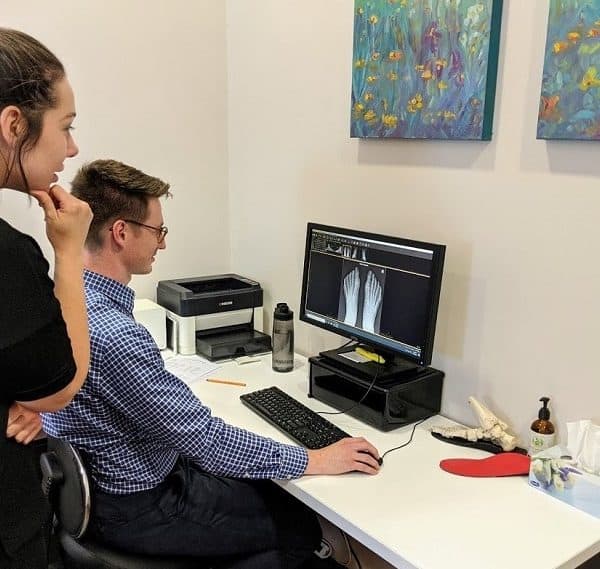
BOOK ONLINE for an Initial Low Gap or Gap Free* Assessment by experienced Adelaide Podiatrists
or
Call 8362 5900 to schedule a Low or NO Gap* examination to see if we can help.
What are Possible Causes of Metatarsalgia?
There are a number of factors that can cause chronic pain, excessive pressure and load through the forefoot. Often the pressure develops over a prolonged period of time. Possible causes may include:
- High impact sport or exercise
- Ill fitting footwear (i.e. high-heeled shoes)
- High arched foot (pes cavus) with prominent metatarsal head bones
- Altered length and/or size of metatarsals or bones in feet
- Clawing, mallet or hammer toes
- Tight calves and/or achilles tendon
- Altered biomechanics that can cause uneven forefoot pressure distribution
- Changes in bone structure (i.e. arthritis)
- Changes in soft tissue (plantar plate tears, bursitis, Morton’s Neuroma, synovitis)
- Fat pad reduction which commonly occurs with aging
- Stress fracture in long bones of the foot (Freiberg’s)
What is the Best Metatarsalgia Treatment?
When it comes to treatment for metatarsalgia, the diagnosis is extremely important in the success of any treatment program. A specific diagnosis means treatment can be far more specific in addressing the cause which leads to more successful outcomes. Various foot problems can cause symptoms in the forefoot resembling metatarsalgia.
Imaging is a great way to help diagnose forefoot complaints. A referral for an x-ray and ultrasound can be arranged by your podiatrists if needed.
The goal of treatment and rehabilitation is to restore normal range of motion, strength and function of the foot.
Initial treatment will usually involve a number of strategies to reduce pain and prevent recurrence. This may include:
- Metatarsalgia exercises involving stretching and strengthening to reduce and alter pressure and load in the forefoot.
- Manual therapy and mobilisation is often utilised and recommended by your podiatrist.
- Various forms of strapping or taping. This can help with pain reduction and improved function.
- Footwear modifications or changes can reduce pressure and relieve tightness in the forefoot.
- Extracorporeal shock wave therapy where bursitis or chronic inflammation is evident in the forefoot.
- Custom made orthotics can be used to reduce damaging forces and redistribute pressure in the forefoot. Various orthotic modifications can be employed to improve function and reduce chronic metatarsalgia pain. metatarsal pads, metatarsal domes, 1st ray cutouts of varying lengths, 5th ray cutouts and U-pads are all possible modifications which may be needed for specific foot types.
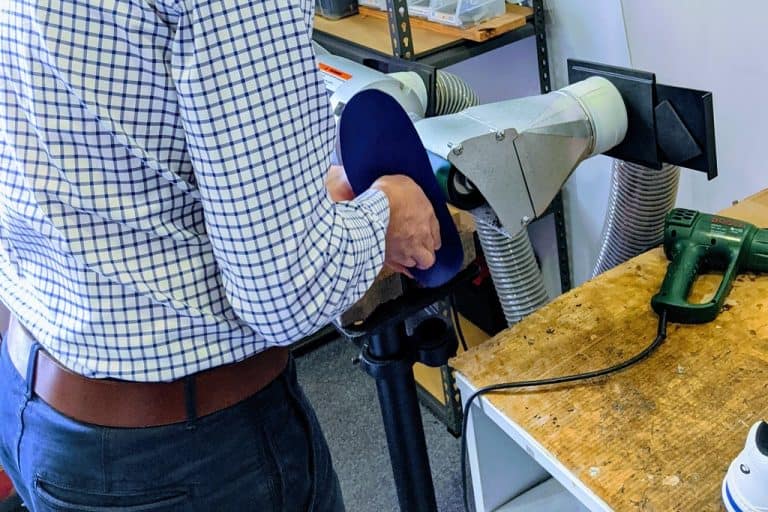
An experienced podiatrist will know just what metatarsalgia treatment is needed following a thorough gait analysis and examination. Metatarsalgia recovery time will vary depending on the diagnosis but normally gradual improvement commences in line with the appropriate treatment.
If these management options prove insufficient, metatarsalgia surgery may be considered, however, this is rarely required and all conservative treatment options should be exhausted before surgery is discussed.
BOOK ONLINE for an Initial Low Gap or Gap Free* Assessment by experienced Adelaide Podiatrists
or
Call 8362 5900 to schedule a Low or NO Gap* examination to see if we can help.
How is Metatarsalgia Prevented?
The role of a podiatrist is to maintain healthy feet, not just provide a short term fix for problematic feet. It is important to have feet, legs, footwear and orthotic appliances reviewed regularly by your podiatrist to ensure more serious problems are avoided and prevented. Early detection of gait abnormalities, poor foot posture, poor circulation and neurological conditions can go along way towards ensuring your feet last a lifetime.
A podiatrist can play a crucial role in diagnosing and treating metatarsalgia along with many other foot and leg problems.
A gait analysis is part of a thorough bio-mechanical assessment and helps to assess normal mobility and function. A bio-mechanical examination helps a podiatrist to understand muscle and joint function along with the relationship of the foot and leg to the rest of the body. An annual examination helps to ensure normal mobility and function is maintained.
Having your footwear fitted correctly is also important in preventing metatarsalgia foot complaints. Ill fitting footwear is a significant contributor to foot problems and ankle pain. Shoes should always be tested in person before purchase to ensure they are comfortable.

Preventing re-injury or further injury means eliminating abnormal loading or pressure. It is vital to change any damaging load and reduce harmful forces causing the forefoot pain. This is where orthotics can be extremely useful. They are important in improving the function and alignment of the foot. Orthotics are designed by your podiatrist following specific measurements completed during a bio-mechanical assessment.
What Happens if Metatarsalgia is Left Untreated?
Left untreated, metatarsalgia can lead to a further increase in pain but can also develop into a chronic condition. Other parts of the body will often compensate due to a change in walking from limping in an attempt to offload the painful forefoot. Secondary pain may then occur in these overloaded structures making the problem even more complex.
Referred or new pain can occur in the opposite uninjured foot, or even worse, in the hip or back. Early diagnosis and specific treatment can help to avoid these problems.
BOOK ONLINE for an Initial Low Gap or Gap Free* Assessment by experienced Adelaide Podiatrists
or
Call 8362 5900 to schedule a Low or NO Gap* examination to see if we can help.
In summary, a podiatrist can help resolve metatarsalgia by providing:
- Accurate Diagnosis: A podiatrist will conduct a thorough examination of your feet, including assessing your medical history, symptoms, and conducting physical tests. This helps to accurately diagnose metatarsalgia and rule out other potential causes of foot pain.
- Footwear recommendations: Podiatrists can provide guidance on appropriate footwear that offers proper support, cushioning, and room for the toes. They may recommend orthotic inserts or custom-made orthotics to redistribute pressure and alleviate discomfort.
- Padding and strapping recommendations: Podiatrists may apply padding or strapping to the affected area to relieve pressure and reduce friction, which can help alleviate pain and promote healing.
- Orthotic devices: Custom orthotic devices can be prescribed to correct any biomechanical abnormalities that may be contributing to metatarsalgia. These devices can help distribute pressure more evenly across the foot and support proper foot alignment.
- Stretching and strengthening exercises: Podiatrists may recommend specific exercises to stretch and strengthen the muscles in the feet and lower limbs, which can help improve foot mechanics and reduce strain on the metatarsal bones.
- Activity modification: Podiatrists may advise on modifying or avoiding certain activities that exacerbate symptoms of metatarsalgia, such as high-impact sports or wearing high-heeled shoes for prolonged periods.
- Advice on Corticosteroid injections: These injections are rarely required and used sparingly due to potential side effects, however, In some cases, corticosteroid injections may be recommended to reduce inflammation and relieve pain in severe, chronic cases.
- Surgical intervention: In severe cases of metatarsalgia that do not respond to conservative treatments, surgical intervention may be necessary to address underlying structural issues or remove damaged tissue.
Overall, a podiatrist can provide personalised care and treatment strategies to effectively manage and resolve metatarsalgia, helping patients regain comfort and mobility in their feet.
BOOK ONLINE for an Initial Low Gap or Gap Free* Assessment by experienced Adelaide Podiatrists
or
Call 8362 5900 to schedule a Low or NO Gap* examination to see if we can help.
